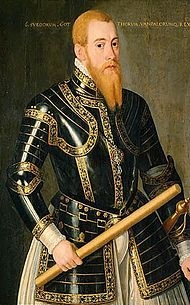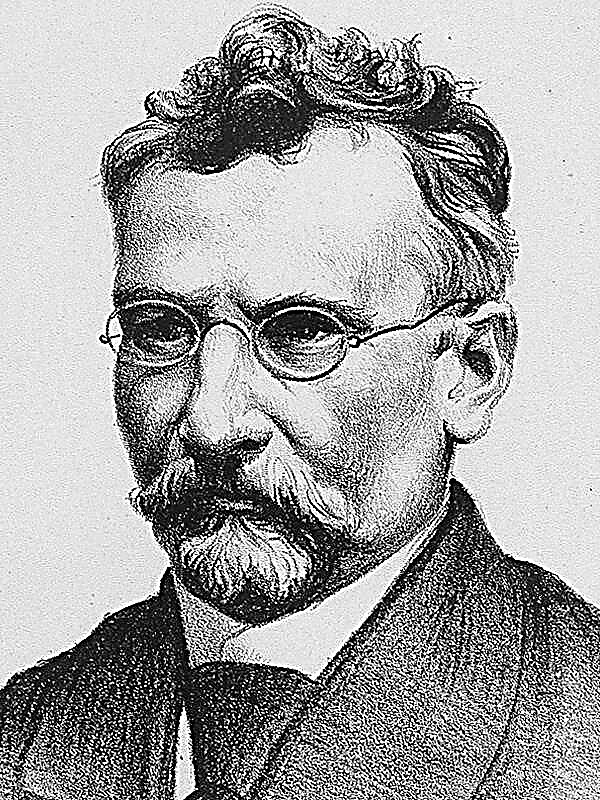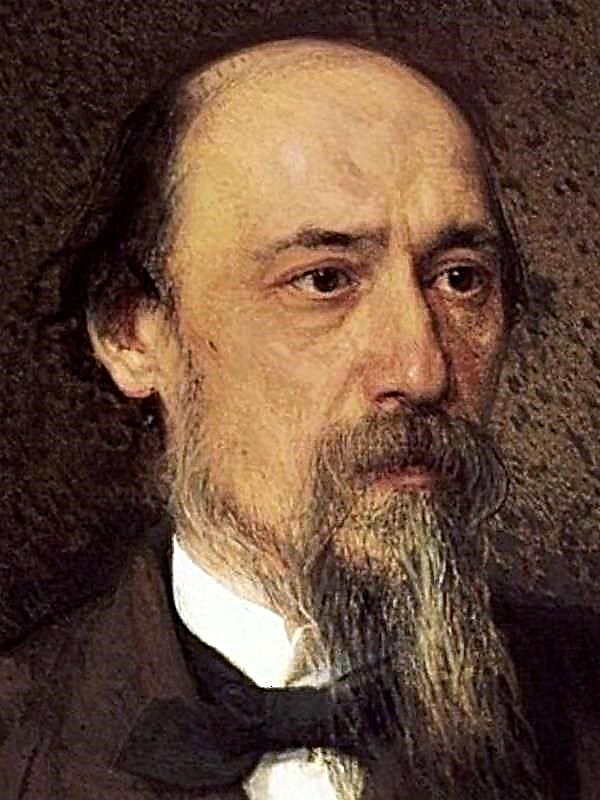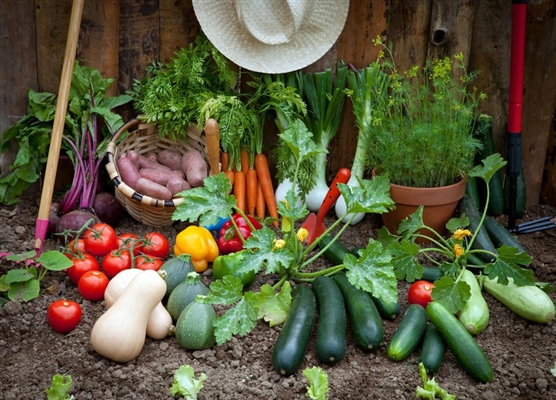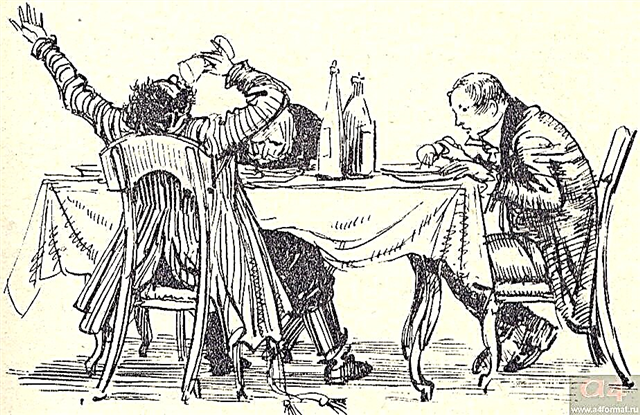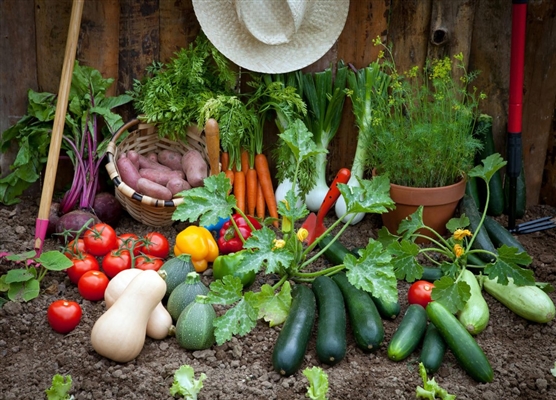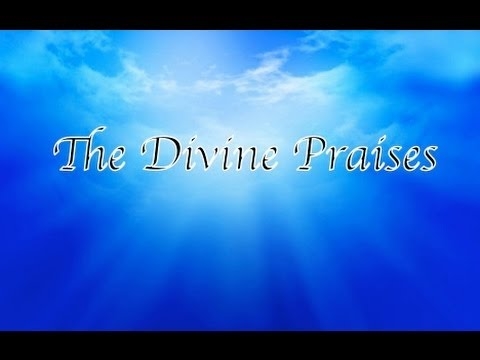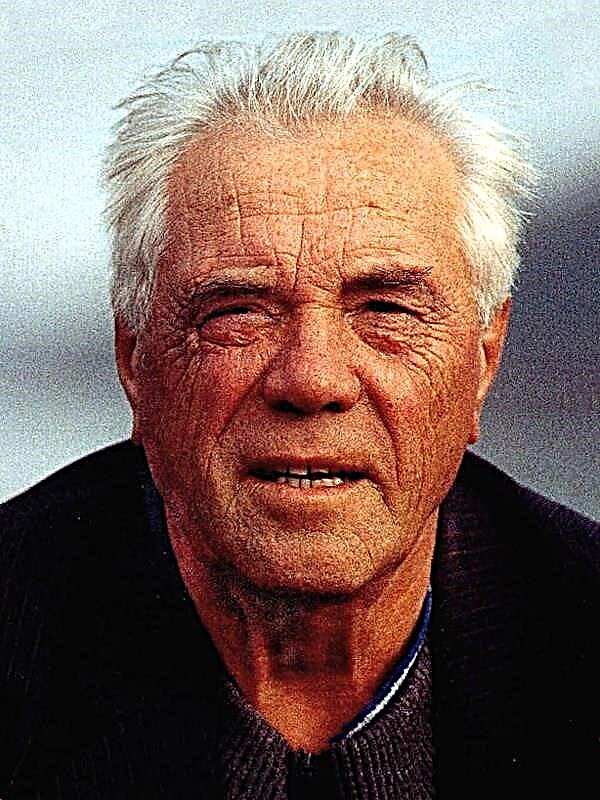(198 words) It often happens that a person cannot distinguish one still life from another: painfully they are the same. But Tolstoy's painting, Flowers, Fruits, and a Bird, is so original that it is difficult to confuse it with another. She is very light, spring, festive. As if it depicted a mood.
 It’s easy to describe a still life. On a yellow background is a composition of flowers and fruits. In the center is a transparent vase with pansies and other spring plants. Apples, a brush of grapes and two tassels of currant, red and white, are casually spread out on the sides. The grapes seemed to have just been plucked: leaves and fragments of vine remained on it. One apple was cut, only half was left of it. A blue bird perched on white clusters. Her image gives the picture a liveliness and charm. She leaned over the fruit and carefully examines it. A butterfly flies to her right and a moth to her left. Each subject is subtly outlined and clearly traced. In contrast to images made with oil paints, Tolstoy's watercolor is a refined and accurate work. On it, each color and contour has strict frames.
It’s easy to describe a still life. On a yellow background is a composition of flowers and fruits. In the center is a transparent vase with pansies and other spring plants. Apples, a brush of grapes and two tassels of currant, red and white, are casually spread out on the sides. The grapes seemed to have just been plucked: leaves and fragments of vine remained on it. One apple was cut, only half was left of it. A blue bird perched on white clusters. Her image gives the picture a liveliness and charm. She leaned over the fruit and carefully examines it. A butterfly flies to her right and a moth to her left. Each subject is subtly outlined and clearly traced. In contrast to images made with oil paints, Tolstoy's watercolor is a refined and accurate work. On it, each color and contour has strict frames.
In Tolstoy's painting, I like the fact that it is bright and cheerful. I look at her, and I remember the spring, bird singing, the first flowers. It gives a feeling of warmth and sunlight. It is pleasant to admire her, because the serenity and severity of the lines are pleasing to the eye.
The plan of the essay-description of Tolstoy's painting “Flowers, Fruits, Bird”:
- Introduction (genre and peculiarity of Tolstoy's watercolor);
- The main part (description and characteristics of the picture);
- Conclusion (my impression of what I saw).


